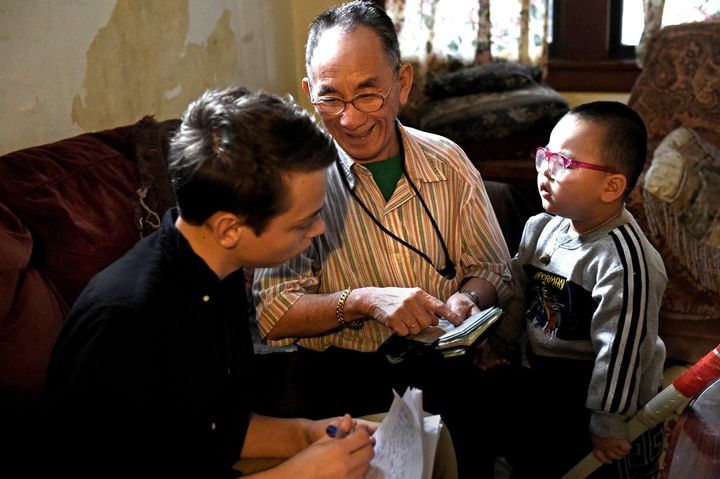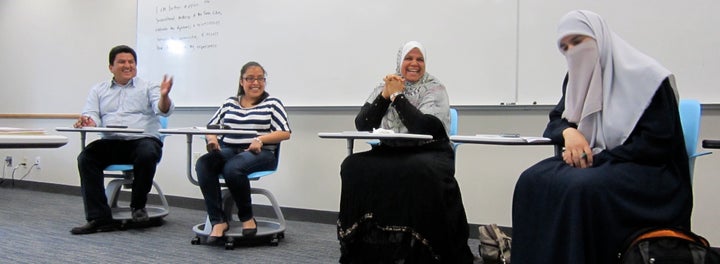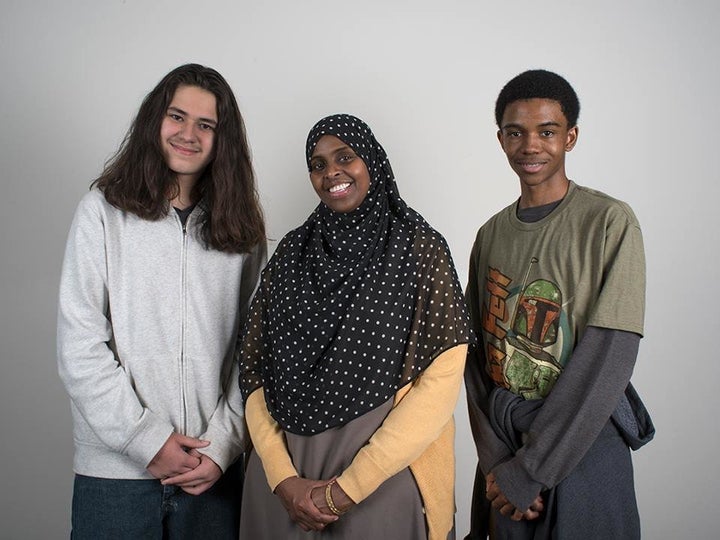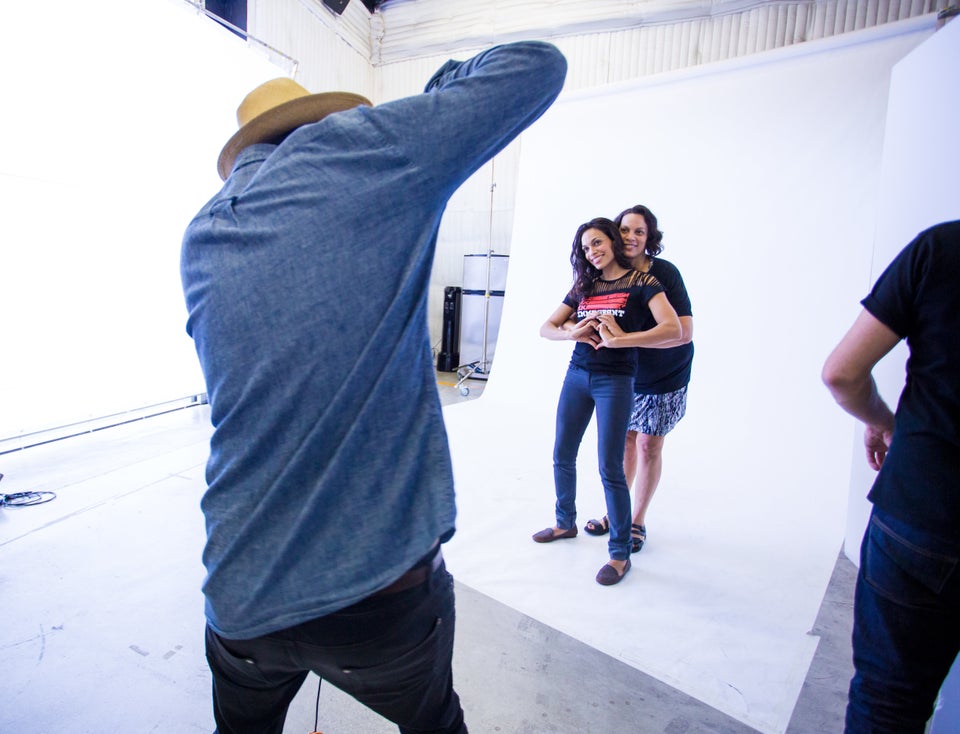
A program in Minnesota is offering American high school students the chance to live for a week with local immigrant families, to help counter misconceptions and create connections between U.S.-born and immigrant communities.
The nonprofit City Stay connects students from three private high schools in the Twin Cities with local Latino, Somali and Hmong host families ― representing the three largest immigrant communities in the state.
“We live in bubbles, largely interacting with people who look the way we do, dress the way we do, and that leads to mistrust and misconceptions,” founder Julie Knopp told The Huffington Post. “At the end of the day, it’s just about getting to know your neighbors.”
As part of the elective program, for which students pay a fee, the teens participate in the family lives of their hosts over the weekend and after school ― everything from cooking meals to running errands to playing sports.
During the week, they join in school lessons and activities facilitated by City Stay, including learning about immigrant communities from members of those communities. They also share with each other what they’ve learned from their time staying with a host family.
“It was so much fun,” said Trace, 14, who stayed with a Somali family in March through City Stay. He told HuffPost he is white and U.S.-born.
“Saturday, [host mom] Bahjo drove me to the Somali mall, which I didn’t even know about. We went to the mosque,” he said. “When we got home, I played video games with [host dad] Siciid for a while. Our cultures are only different a little bit, but we’re pretty similar, I learned that night.”

The program is just five years old and still small: Only 60 students have done it, along with 20 host families, some of which have participated multiple times.
More than 85 percent of the students who’ve done the program are U.S.-born, and around 60 percent are white. The host families, meanwhile, represent a wide range of immigrant experiences. Some of the hosts are recent immigrants, while others were born and raised in the U.S. ― though most of the families have at least one person who was born outside the country, according to Knopp.
“It’s easy to just make assumptions and go into an experience like this with preconceived notions of the family ― or the person we’re hosting,” host Jewelly Lee told HuffPost. “But the learning that happens after, it makes it worth it.”
Lee has hosted students through the program for the past three years. She was born in the U.S. and has four generations living at home, including her parents, who came to the U.S. as refugees from Laos in the 1970s.
“I walk away learning so much more about the student, and I hope the student walks away learning about our family and our community,” she said. “And for my parents, to not be intimidated to speak English, they get to practice.”

Since the election of President Donald Trump, Knopp says she has seen more interest in the program ― but also more misconceptions, particularly about Muslim and undocumented Latino families, with some parents expressing concerns about their kids staying in certain communities.
While Knopp has to abide by parent requests, she said even students who end up not staying in a community will still hear about their classmates’ experiences ― and then they’ll take that new understanding home with them.

The program has its flaws, Lee noted. Her main concern is that the schools it works with are private ― which means only kids from a certain economic stratum are able to participate.
Knopp, who is a public school teacher, says she hopes to expand the program to public schools eventually, but regulations make it hard to introduce outside initiatives like this. In the meantime, City Stay offers scholarships to 90 percent of students to cover the $545 cost, in an effort to make it more inclusive.
Another issue, Lee noted, is that the program is focused on learning opportunities for the U.S.-born students, but not for the immigrant host families. Students get to process and share their experiences in class, while the host families don’t have a forum where they can get together to compare notes and exchange ideas.
Lee also noted that City Stay markets itself as a “study abroad”-type program, which she said might inadvertently reinforce the idea of immigrants in the U.S. as “other.”
Lee provides this type of feedback to Knopp regularly, she says, and Knopp has improved the program accordingly over the years. But there is still room to grow.
“How can we make sure the program is on the right path of being an exchange, and not continuing to perpetuate stereotypes or harming communities of color, immigrant families or inner-city families?” Lee said. “And broaden the experience of students and host families?”
Knopp concedes there is a lot to improve, and notes that the effort is all volunteer-run. In order to implement significant changes, she said, the program would need more funding.
“I think it would be powerful to have this model adapted in other cities,” she said. “Students’ experiences have a ripple effect: They invite their family to their host family’s house, or talk about it with their church community. A lot of people here do see people in other communities as ‘other’ ― but when their kid gets to know another community, they become advocates for one another.”
For HuffPost’s #LoveTakesAction series, we’re telling stories of how people are standing up to hate and supporting those most threatened. Know a story from your community? Send news tips to lovetips@huffingtonpost.com.

